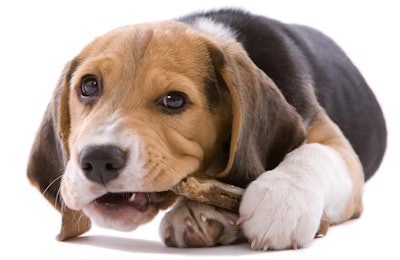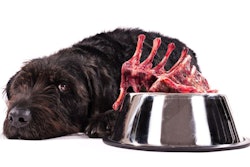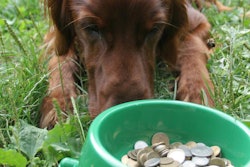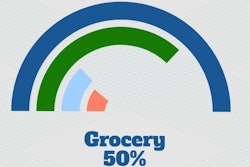
GFK analysts identified six trends in the US pet food market that were either industry staples or in the vanguard of emerging categories. While the established trends made up the majority of market share, the growing trends experienced greater year over year growth, said Natasha Davis, client service manager for GfK, said during her presentation at Petfood Forum 2018.
Established pet food trends
Davis discussed these six emerging and established pet food trends, which were not mutually exclusive.
1. Natural
Natural pet food held the largest market share of the six trends Davis discussed. With sales of US$5.7 billion, natural pet food made up 71 percent of the market. However, year-over-year growth of natural pet food was the lowest of the trends at 1.5 percent.
“It’s not enough to tell your consumer we’re natural,” said Davis. “If you’re in a space that 71 percent natural, what is natural?”
To succeed in marketing natural dog and cat foods, brands need to differentiate themselves on shelved crowed with competitors making the same claims.
2. Grain-free
Grain-free pet food made up 43 percent of the market with year over year growth of 10 percent.
“In terms of growth, grain-free still experiences double-digit growth, but we are seeing it start to soften,” she said. “It will likely gain share points as more brands adopt grain-free into their formulas, but I doubt that we will reach the level of penetration of natural, because depending on who you ask, grains could be good for your pet. In fact, First Mate has branding on their package, ‘grain friendly,’ which was a new way…So, it’s something that we’re seeing transition that may explain why grain free might not get the full penetration of natural.”
Emerging pet food trends
“Each of these represents about less than five percent share of the market, but if you look at the growth rate, you’ll see that each category is experiencing strong robust growth in the channel,” Davis said.
3. Kibble+
Kibble with some form of preserved raw meat experienced the fastest year-over-year growth at 69.5 percent, although it has only a 4.4 percent market share. That growth brought kibble+ to US$332 million in sales for 2017.
4. Meal enhancers
“Meal enhancers are not new, they’ve been around for quite some time and a lot of the meal enhancers that have been in the market were formulated to make feeding more palatable, better for your picky eaters,” she said.
Meal enhancers grew 24.5 percent to reach US sales of US$76.2 million in 2017, while making up 0.9 percent of the market.
5. Freeze-dried
Some of those meal enhancers were freeze-dried raw meat, said Davis. Preserved raw meat offers advantages over fresh, raw meat. Freeze-dried meat presents fewer health risks and is easier to store and serve. However, the cost can be prohibitive. The average price per pound for freeze-dried pet food was US$32.50.
Freeze-dried pet foods held 1.2 percent market share in 2017 after 31.8 percent year over year growth.
6. Dehydrated
Another trending category of preserved raw pet food was dehydrated, which made up only 0.6 percent of pet food market share, but grew 53.3 percent to US$45.2 million in sales.


















